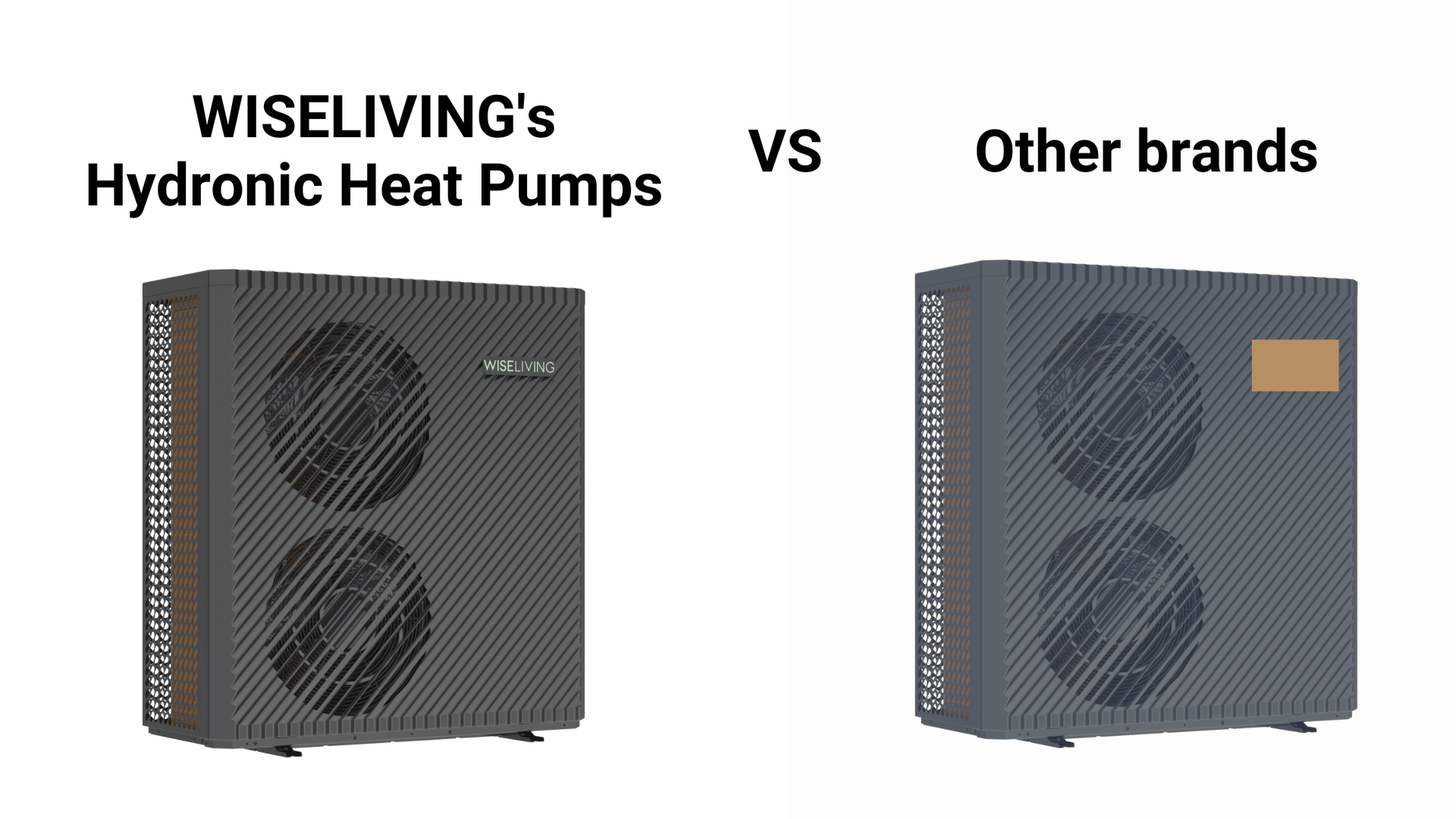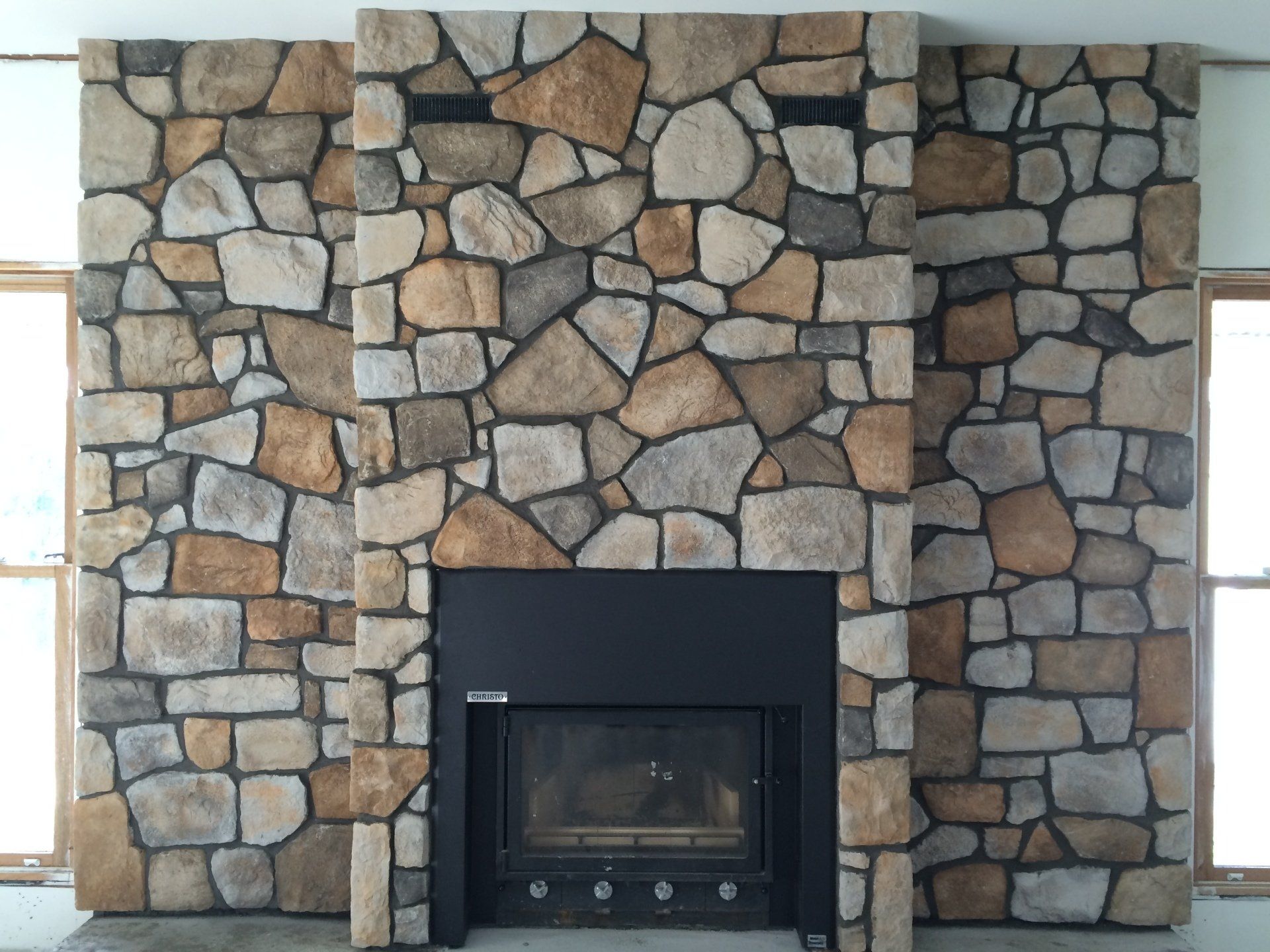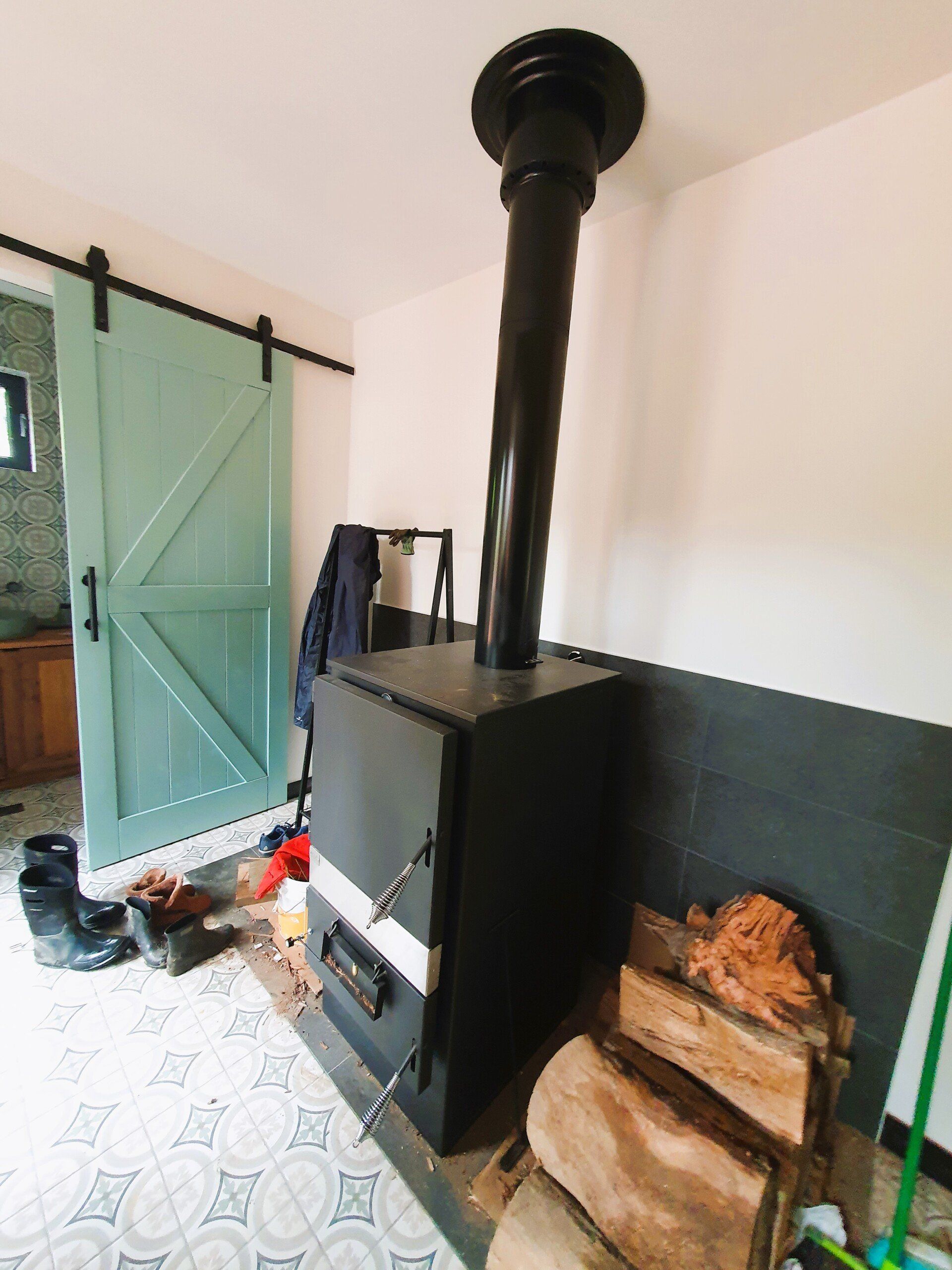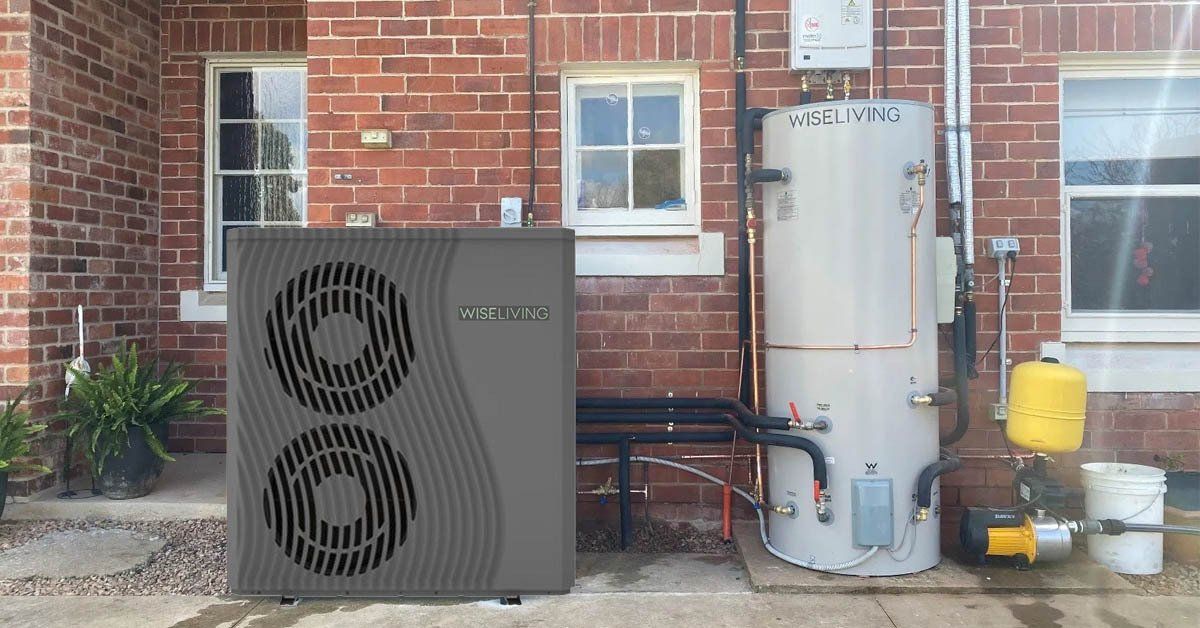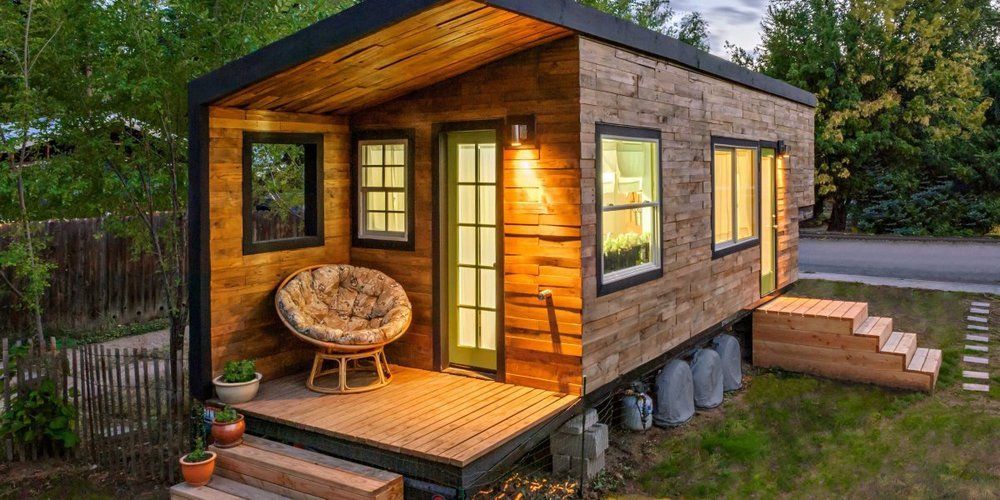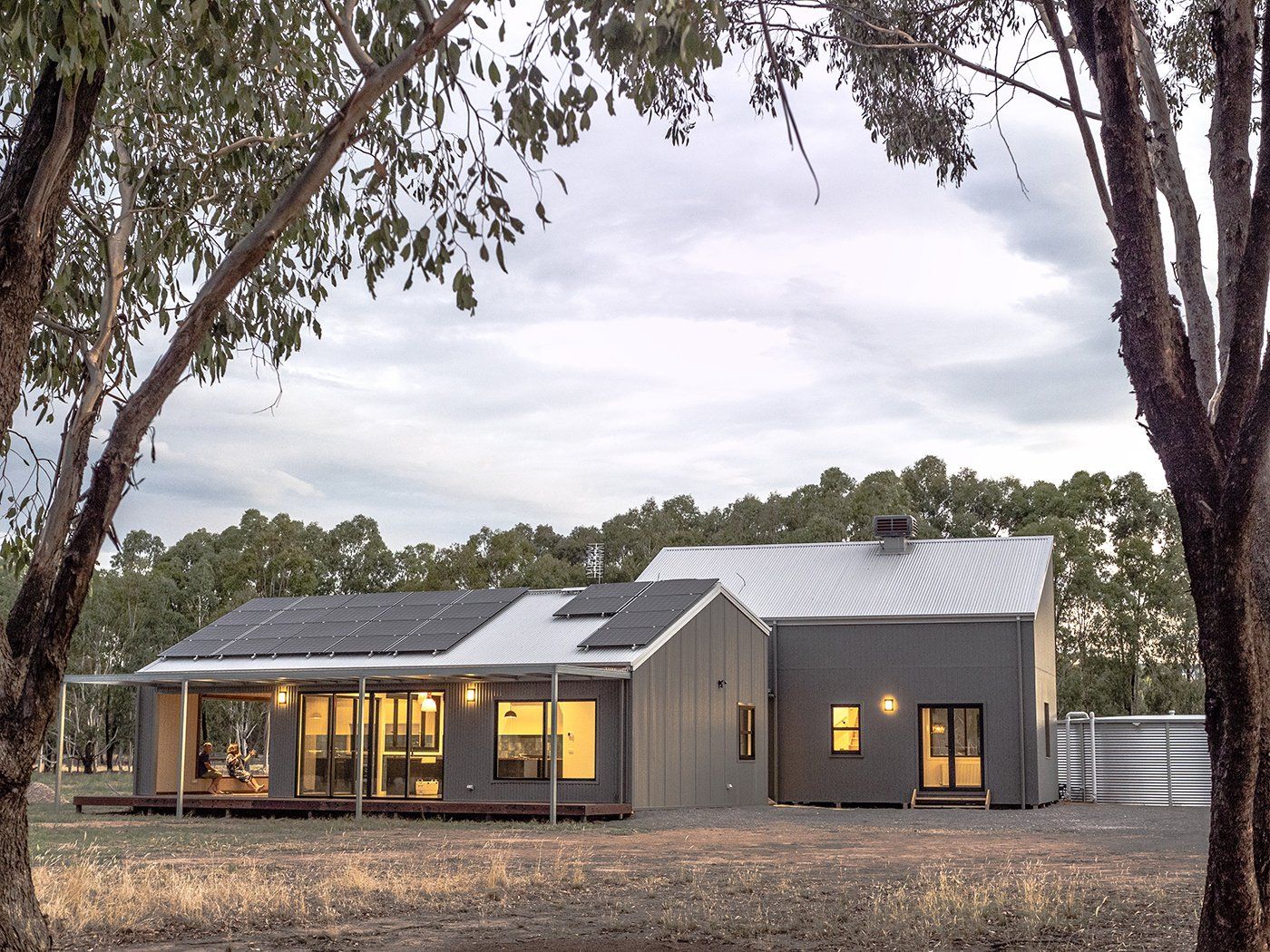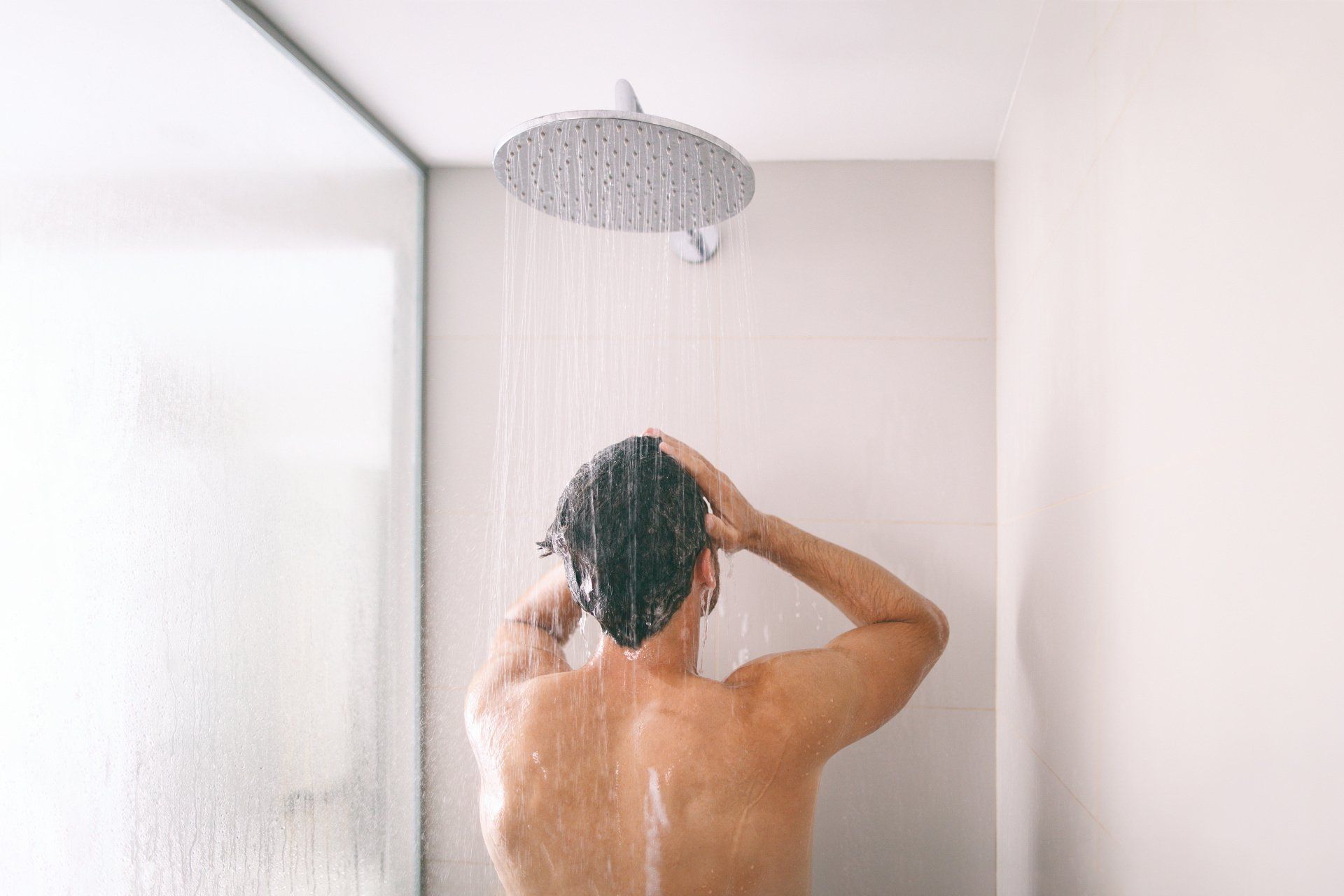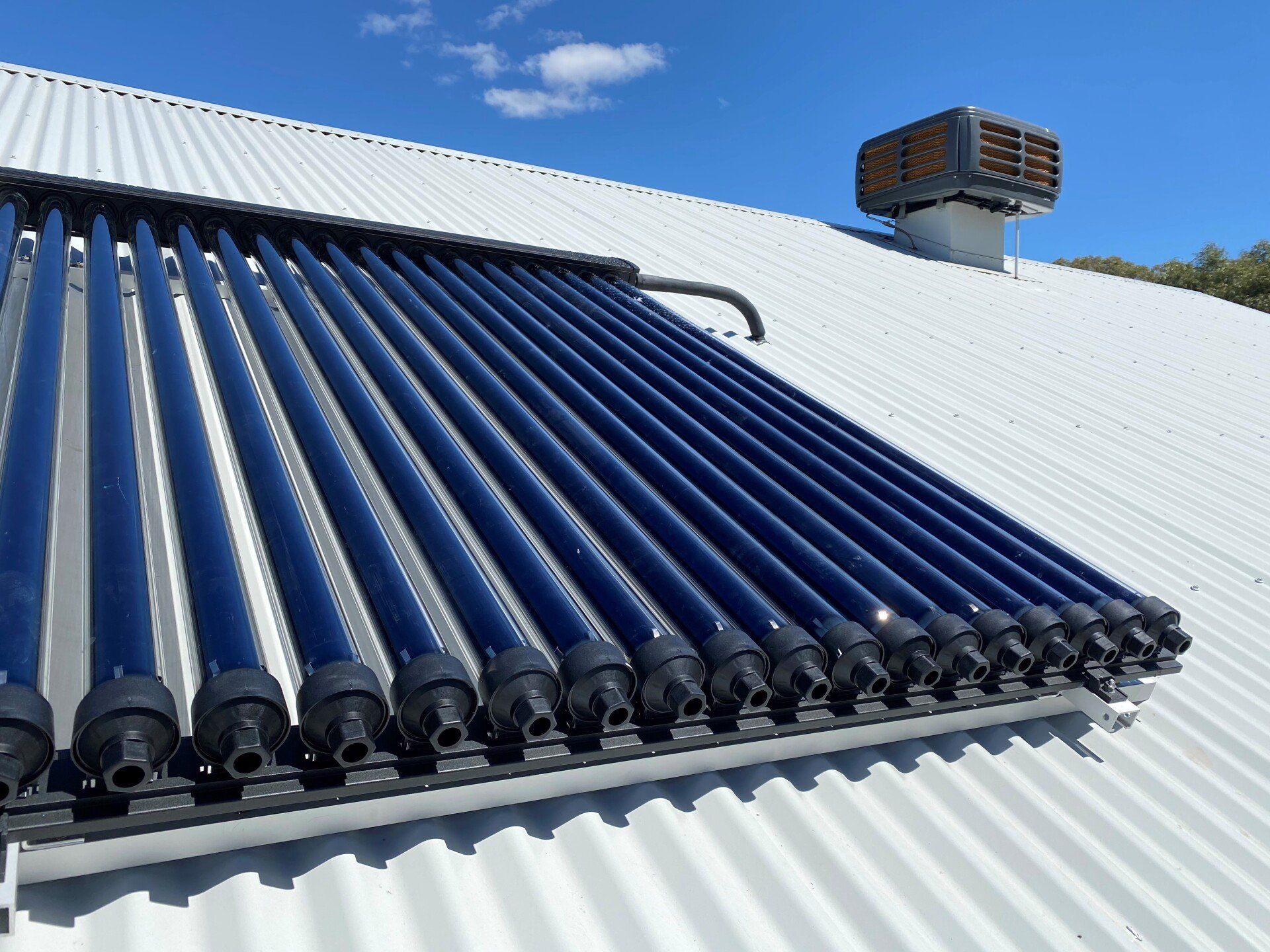Hydronic Heating Systems Available in Australia
Due to the extremely cold conditions that affect many parts of Australia during the winter season, heating is necessary to any home in the country. In fact, according to a 2008 study by the Australian Bureau of Statistics, about 91% of homes in South Australia had heaters. As for the rest of the country, the agency noted that 77% of dwellings were equipped with heating systems.
The widespread use of both heating and cooling systems has become so prevalent that these two account for the majority of an Australian home’s energy consumption.
The demand for effective and efficient heating systems has led to various innovations within this field. One of these is hydronic heating technology. Compared to other indoor heating methods, hydronic heating systems offer a more economical and environmentally-friendly way to provide centralised heating to a home.
This system distributes heat evenly to various parts of a house by running hot water to a series of pipes and radiators. Aside from this setup, hydronic heating systems also come in various configurations. In this article, we’ll explore the different types of hydronic heating systems that you can use for your home.
Hydronic Condensing Boilers
In hydronic systems, the boiler is a major component that keeps the water warm and supplies continuous heat to the entire house. Traditional boilers are designed with a vent such as a chimney. Since the excess heat escapes from the vent, these traditional models require more energy to operate.
A condensing gas boiler, on the other hand, is more energy-efficient as it uses condensation to operate at lower temperatures. Through this process, the boiler captures the escaping heat and recycles its energy in order to re-heat the returning water. This means that the unit consumes less energy while providing the same output as it continues to operate.
Hydronic Heat Pump
A conventional pump uses a fan to draw in outside air. With its refrigerant-filled coils, the unit heats up the air and distributes it by blowing it through ducts and vents. A hydronic system can also be used with a heat pump to perform the same function.
However, instead of a ductwork, a hydronic heat pump system is composed of a network of pipes and tubes that are hidden within the walls or underneath the home’s floor. The heat pump uses air to heat the water running through these pipes, which then provide warmth to an enclosed space. Since this configuration doesn’t force air out of ducts and vents, it doesn’t contribute to the spread of airborne pollutants like dust or spores.
Radiant Floor Heating
Another type of hydronic indoor heating method that you can use for your home is radiant floor heating. This system involves installing a series of pipes underneath your home’s floor. The heat from the hot water running through these pipes radiates upward. Depending on your installation preference, you can choose to have floor heating pipes fitted in every square metre of your home for centralized heating.
Compared to other heating techniques, such as ducted systems, hydronic infloor heating is efficient at evenly distributing heat throughout the house. Usually, ducted systems create cold spots because the heat is only delivered to areas where there are vents. Hydronic systems also minimize heat loss because of the loop system and because water has better specific heat than air.
Hydronic Wood Boilers
As its name suggests, a hydronic wood boiler uses wood as its primary fuel source, as opposed to electricity or natural gas. In a hydronic system, wood boilers perform the same function as gas boilers by heating the water that flows through the connected network of pipes. Its wood-burning design allows the unit to double as a direct heat source.
Some wood boilers take advantage of this feature by being installed in a living space and adding a glass window where heat can radiate. The bodies of these units are usually designed to emit heat, which provides additional warmth to the areas where they’re located.
Heated Towel Rails
Heated towel rails are also regarded as helpful and effective components of a hydronic system. Usually, they’re installed in specific rooms of a house, such as a bathroom and a laundry area. These towel rails can be integrated into an existing hydronic heating system. They then heat up as hot water circulates through them.
The main purpose of heated rails is to keep your towel warm and dry, which makes it more comfortable to use after you’ve taken a shower. But aside from this, these rails help prevent the build-up of moisture in areas that are frequently damp. By doing so, these add-ons to hydronic heating systems can help prevent the growth of mould and mildew.
